Fra Angelico was an influential painter during the Early Renaissance. He was known for his exquisite religious frescoes and altarpieces.
Fra Angelico (born Guido di Pietro in Mugello, near Florence) became a Dominican friar in Fiesole 1423. His serene works, which reflect a deep sense of spirituality and harmony, helped to bridge the Middle Ages and the Renaissance.
Many art enthusiasts struggle to identify the nuances of Fra Angelico’s style and the impact of his religious vocation on his art.
This article aims to understand his artistic contributions and influences clearly. Through this exploration, you will discover his role in shaping Renaissance art.
His works, often seen in places such as the San Marco convent in Florence, have left a lasting legacy. Fra Angelico’s influence reached other artists, from Raphael to the Pre-Raphaelites, showcasing the timeless appeal of his art.
Early Life and Education
Fra Angelico, born Guido di Pietro, emerged as a pivotal figure in the early Renaissance. His monastic background and artistic training significantly shaped his profound religious artworks.
His journey from a novice artist to one of Italy’s revered painters offers insight into the development of his unique style.
Early Life and Monastic Life
Fra Angelico was born around 1400 in the Mugello region, near Florence. The religious environment profoundly influenced his early years during this era.
He became a Dominican friar at the monastery of San Domenico in Fiesole. Here, he adopted the name Fra Angelico, which translates to “Angelic Brother, reflecting his spiritual devotion. This religious life allowed him to create sacred art that resonated with his faith.
Devotion to his monastic duties did not hinder his artistic ambitions but enriched them. His serene portrayals of religious themes highlight the angelic nature of his art, earning him significant acclaim and reverence.
Artistic Training and Influences
Fra Angelico received initial artistic training as an illuminator, a skill honed during his early monastic years. This training in the late Medieval style influenced his detailed and vibrant approach to color and composition.
His works later showed the influence of renowned painters like Masaccio and Giotto, whose revolutionary techniques in perspective and realism were innovative at the time.
Angelico’s art, particularly “The Annunciation,” blends these influences, presenting a distinctive fusion of depth and spiritual tranquility. His dedication to conveying divine subjects through art helped cement his status among early Renaissance painters.
Artistic Style and Technique
Fra Angelico stands out in early Renaissance art for his innovative use of color and deep religious themes. His work is shaped by significant influences of the time, which resulted in distinctive features in his paintings.
Use of Color
Fra Angelico employed a brilliant palette that set his works apart from others of the era. Vibrant blues and reds in his paintings, like those in the Annunciation Fra Angelico San Marco, brought divine figures to life, capturing a sense of the ethereal.
His use of color was symbolic and expressive, adding emotional depth. He skillfully blended hues to create a harmonious effect, often using gold accents to further illuminate his spiritual subjects.
Religious Symbolism
Deep religious themes are central to Fra Angelico’s art, reflecting his devotion. His paintings often depicted biblical scenes with an emphasis on spiritual purity.
Angelico artistically conveyed messages of faith, as seen in works like the Fra Angelico Crucifixion. Each element in his paintings, from the position of figures to their gestures, served a symbolic purpose, guiding the viewer toward a deeper religious interpretation. The serene expressions of his figures reflect a calm spirituality.
Influence of the Early Renaissance
Fra Angelico’s technique reflects influences from early Renaissance figures like Masaccio and Giotto. His approach to perspective and form reflects the advancements of the period.
The artists of this era inspired him to explore new methods of portraying space and depth. Angelico’s works, such as the “Annunciation,” show a mastery of these techniques—his art bridges medieval traditions and the more naturalistic styles that defined the Renaissance.
Fra Angelico’s Major Works
Fra Angelico was a master of religious art in the Early Renaissance, producing many significant works. His frescoes and altarpieces are noted for their spiritual depth and exquisite composition, filled with serene figures and detailed backgrounds.
Annunciation
The Annunciation by Fra Angelico is a striking example of his skill and devotion to religious themes. It depicts the angel Gabriel visiting the Virgin Mary to announce the birth of Jesus.
The painting is renowned for its use of light and color, which gives the scene a heavenly glow. The blend of architectural elements and natural surroundings reflects the influence of earlier artists like Giotto.
With their detailed expressions, Fra Angelico’s angel figures convey a sense of divine grace and peacefulness.
San Marco Altarpiece
The San Marco Altarpiece in Florence represents one of Fra Angelico’s finest achievements. Saints surround it.
Each figure is carefully positioned to create a harmonious composition, embodying the religious fervor of the time.
The intricate details and colors highlight Angelico’s mastery of capturing spiritual themes, making it a vital part of any Fra Angelico paintings study.
The Last Judgement
The Last Judgement by Fra Angelico vividly depicts heaven and hell. This fresco features intricate details and powerfully portrays divine judgment.
The division between blessed and damned is sharply drawn, emphasizing the artist’s vision of moral dichotomy. The expression of figures and the use of vivid colors reflect Fra Angelico’s talent for conveying profound religious concepts through art.
Coronation of the Virgin
The Coronation of the Virgin is celebrated for its celestial ambiance and intricate portrayal of religious figures.
Central to this work is the Virgin Mary, receiving her crown in a heavenly gathering. The sweeping colors and expressive figures embody the mystical and divine.
This piece highlights Fra Angelico’s ability to translate spiritual narratives into captivating visual art, aligning with Renaissance ideals of beauty and faith.
The Crucifixion
In The Crucifixion, Fra Angelico captures the solemnity and sorrow of Christ’s death on the cross. The painting is part of the San Marco series and is praised for its emotional depth.
Fra Angelico masterfully contrasts the sorrowful expressions of mourners with the serene acceptance shown in Christ’s face.
The arrangement of figures and choice of somber tones add to the artwork’s reflective nature, making it a notable entry in the list of Fra Angelico’s works.
Legacy and Influence
Fra Angelico was a transformative artist who bridged the medieval and Renaissance worlds. His innovative techniques captured religious themes that significantly impacted later generations.
His work continues to inspire, standing out for exploring spirituality and mastery of perspective.
Impact on Renaissance Art
Fra Angelico was crucial in developing Renaissance art. He skillfully combined the religious focus of the medieval period with the new humanism of the Renaissance.
Using perspective in his frescoes, such as those in the San Marco monastery, he helped create a more realistic portrayal of space and form. His work “The Annunciation” is a prime example, standing out for its detailed depiction of the angel Gabriel and the Virgin Mary.
His techniques influenced contemporaries like Masaccio and later artists like Piero della Francesca, who furthered the exploration of perspective and depth.
Influence on Later Artists
Fra Angelico’s influence extended beyond his time. His approach to color and light set a tone for artists like Fra Filippo Lippi and Benozzo Gozzoli.
They admired his ability to convey spiritual themes with a sense of realism. His work inspired artists interested in religious themes and realistic depictions, leaving a lasting mark on the art world.
Even today, artists and historians reference the elegance and balance in his paintings, such as those in the San Marco monastery. His legacy lives on in how he brought together divine subjects with human technique, crafting a bridge between spiritual and worldly art.
Final Thoughts
Fra Angelico was a pivotal figure in early Renaissance art, known for his remarkable religious paintings.
His works, such as “The Last Judgment,” are celebrated for their vivid use of color and detailed iconography. His use of the tempera on-panel technique demonstrates his skill in blending traditional themes with innovative artistic styles.
His paintings often include theological themes, using perspective to create depth and focus attention.
This can be seen in “The Last Judgment,” initially displayed in the Santa Maria degli Angeli church and now in the San Marco, Florence museum. The work reflects the beliefs of the time and makes complex ideas accessible through art.
Fra Angelico’s influence extended beyond his lifetime, impacting subsequent generations of artists. His ability to merge art with religious themes remains influential, bridging the medieval and Renaissance worlds.
Key Takeaways: Fra Angelico’s art is a testament to his devotion to the divine and mastery of technique. His artwork inspires and challenges viewers and makes profound statements on faith and spirituality.
Frequently Asked Questions
Fra Angelico was a renowned painter in the Early Renaissance known for his religious works and spiritual devotion. His legacy continues to influence art and culture, and he holds a significant place in the history of religious art.
What was Fra Angelico famous for?
Fra Angelico was celebrated for his religious paintings. His vibrant colors and innovative techniques set him apart as a leading figure in Early Renaissance art. His most notable works include the Annunciation.
Is Fra Angelico a Catholic saint?
Fra Angelico was beatified by the Catholic Church in 1982. Although not canonized as a saint, he is honored for his devout life and contributions to religious art. As a Dominican friar, his life is seen as a model of holiness.
Why did Fra Angelico change his name?
Fra Angelico, born Guido di Pietro in Tuscany around 1395, took the name Fra Giovanni when he joined the Dominican Order. His fellow friars later named him “Angelico” for his angelic work and character.
What does Fra mean in Fra Angelico?
The term “Fra” in Fra Angelico is an Italian title that means “brother.” In the context of Fra Angelico’s life, it is commonly used to denote a member of a religious order, specifically a friar. This reflects his commitment to the Dominican Order.
Why did Fra Angelico paint the crucifixion?
Fra Angelico created numerous works depicting the Crucifixion to express religious themes and enhance spiritual devotion. His paintings were meant to inspire piety and reflection among viewers.
They were often found in religious settings, such as churches and monasteries. The Crucifixion was a significant subject for his contemplative art.
What is the legacy of Fra Angelico?
Fra Angelico’s legacy lies in his exceptional painting skill and profound influence on religious art. His works continue to be admired for their beauty, spirituality, and innovation. The Nashville Dominicans celebrate his impact.
Was Fra Angelico a monk?
Fra Angelico was not a monk but a Dominican friar. As a member of the Dominican Order, he lived a life dedicated to religious service and artistic creation. His position allowed him to merge his faith with his art.
Why did Fra Angelico paint the last judgment?
Fra Angelico painted scenes of the Last Judgment to convey the significance of divine judgment in Christian theology. These works were intended to provoke reflection on morality and the afterlife. They are recognized for their intense spiritual and artistic expression.
Was Fra Angelico a Dominican friar?
Fra Angelico was a Dominican friar who merged his religious beliefs with his art. He created numerous pieces that served both spiritual and aesthetic purposes. His life and work reflect the ideals of the Dominican Order.
Who was the Italian painter known for frescoes?
Fra Angelico was an Italian painter known for his mastery of frescoes. His works are celebrated for their use of color and religious depth. His contributions to art have earned him a place among the greatest painters of his time.

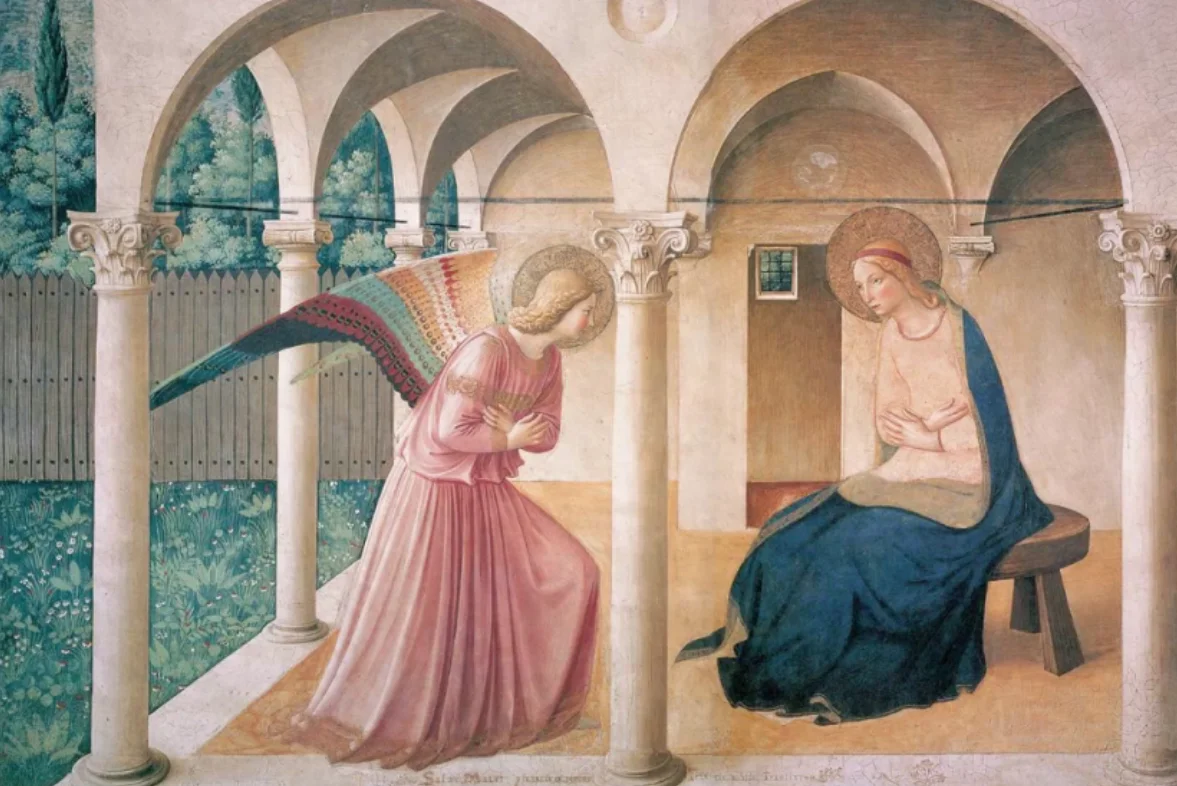
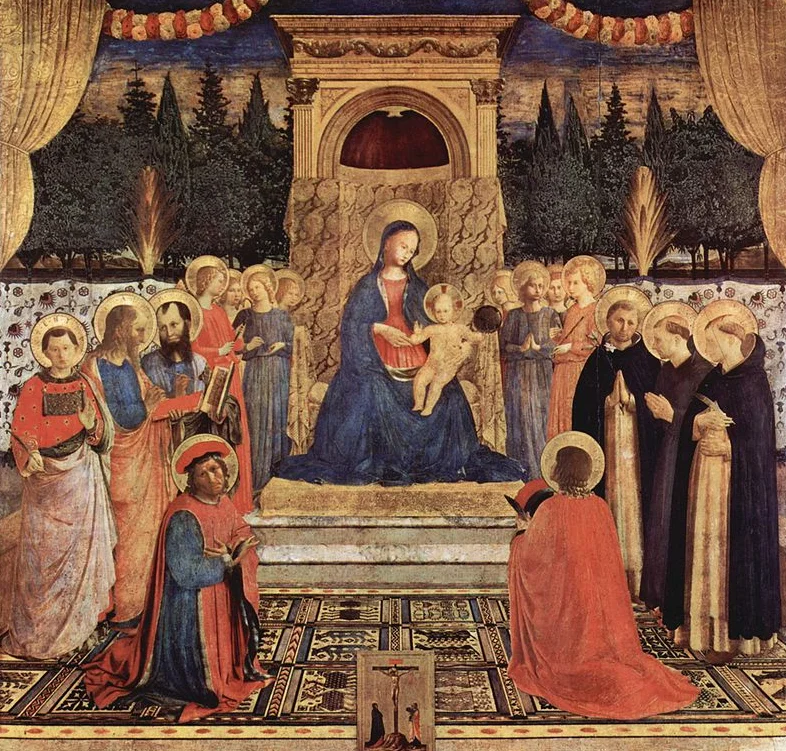
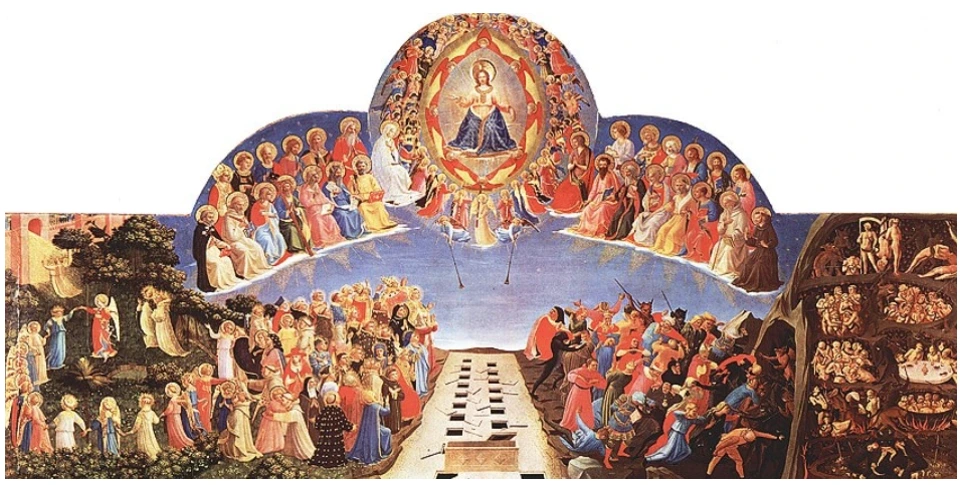
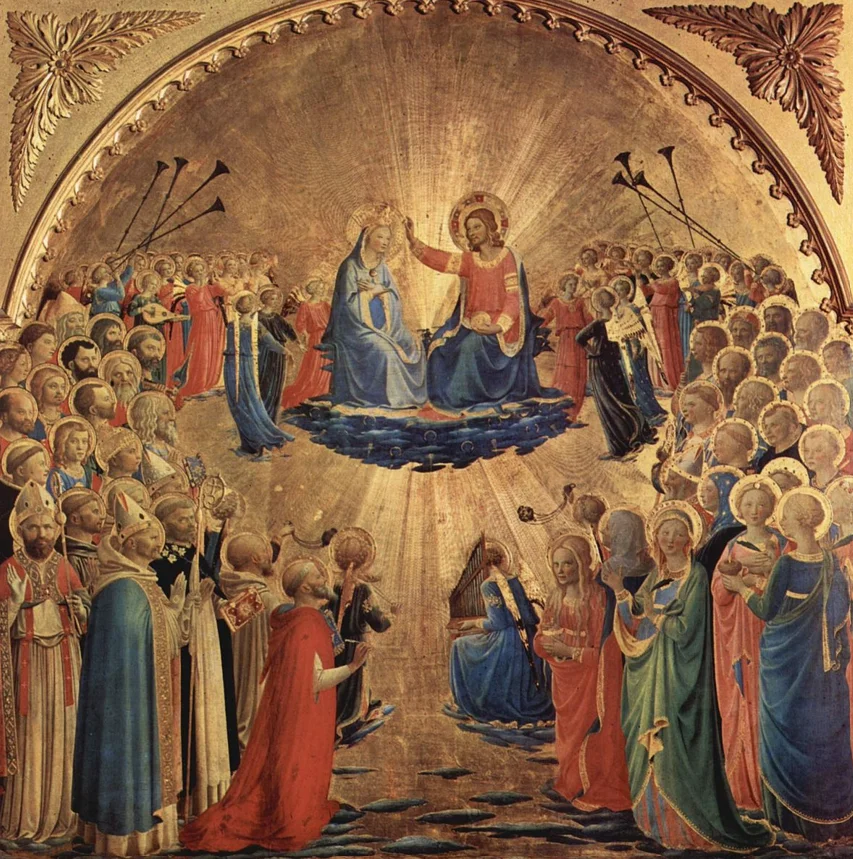
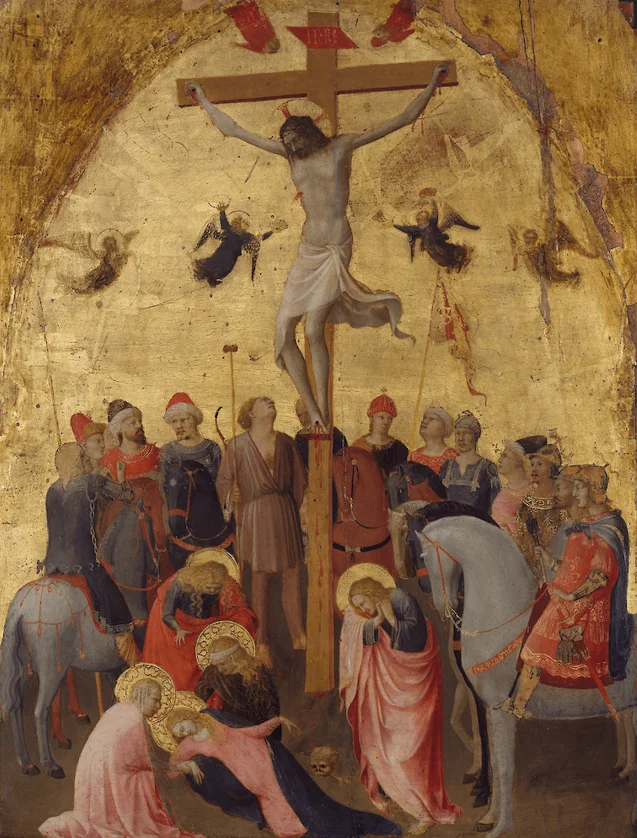
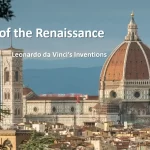

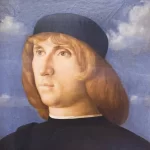
 Leonardo Bianchi,
the creator of Leonardo da Vinci's Inventions.
Thank you for visiting
Leonardo Bianchi,
the creator of Leonardo da Vinci's Inventions.
Thank you for visiting